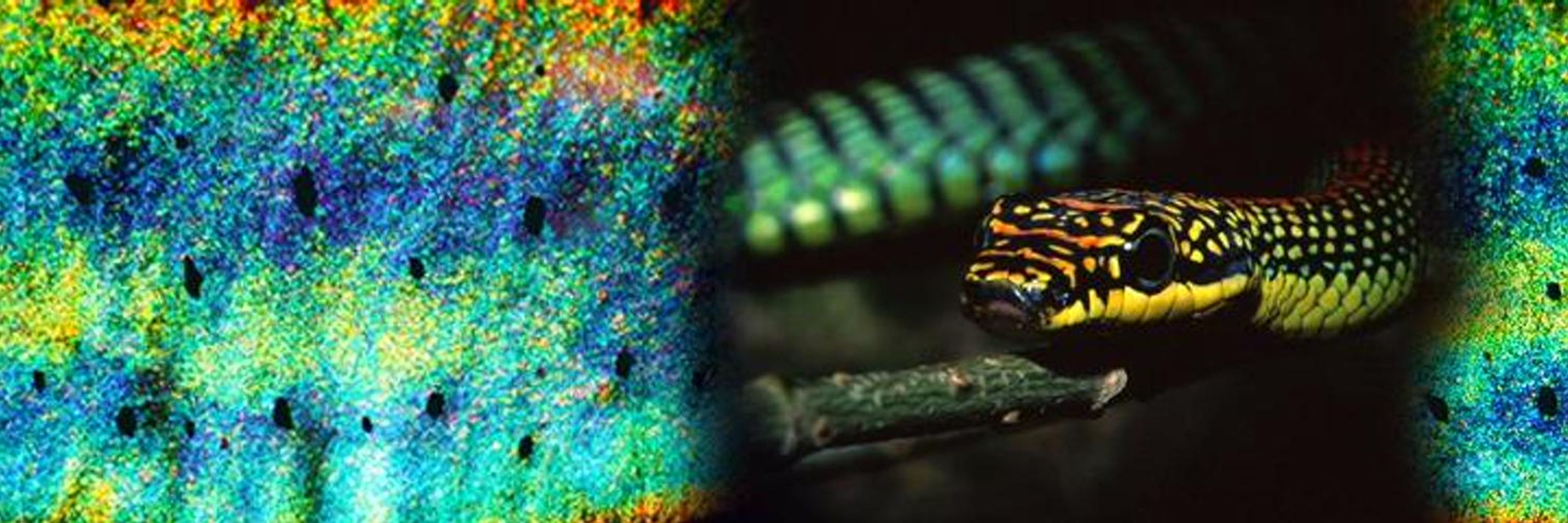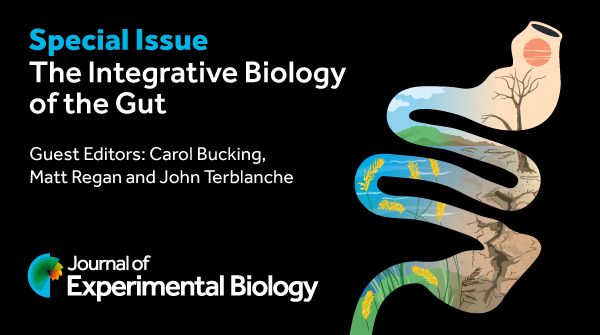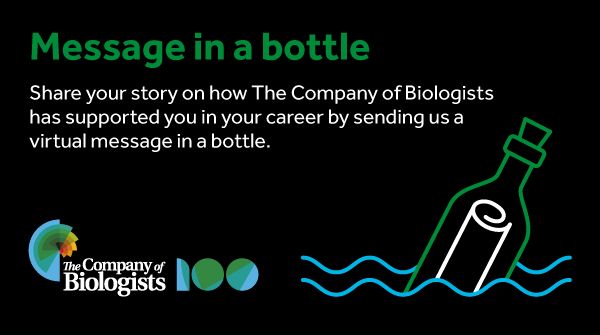Journal of Experimental Biology
@jexpbiol.bsky.social
5K followers
670 following
400 posts
Journal of Experimental Biology is the leading journal in comparative physiology
Posts
Media
Videos
Starter Packs
Reposted by Journal of Experimental Biology
Reposted by Journal of Experimental Biology
Reposted by Journal of Experimental Biology























